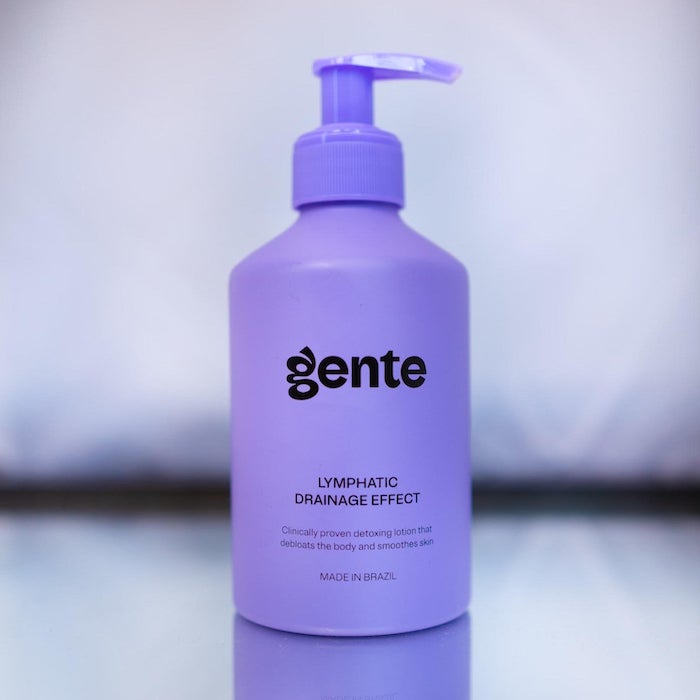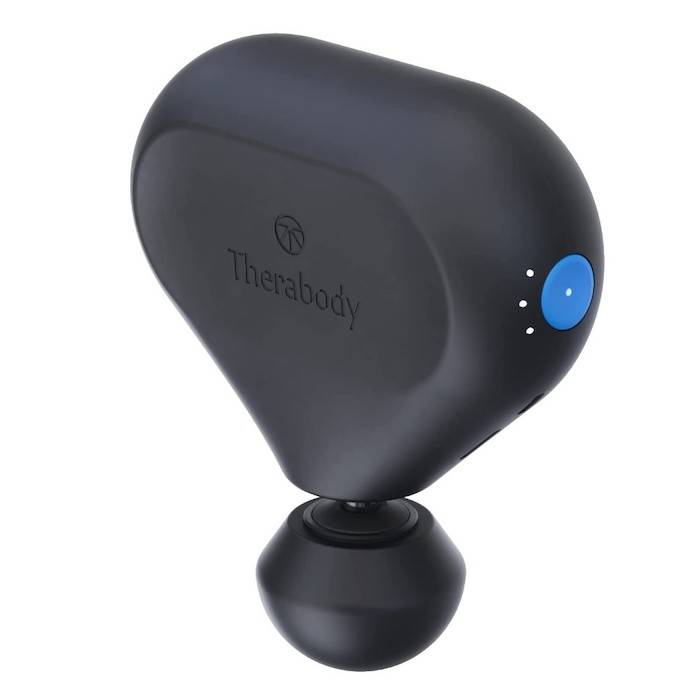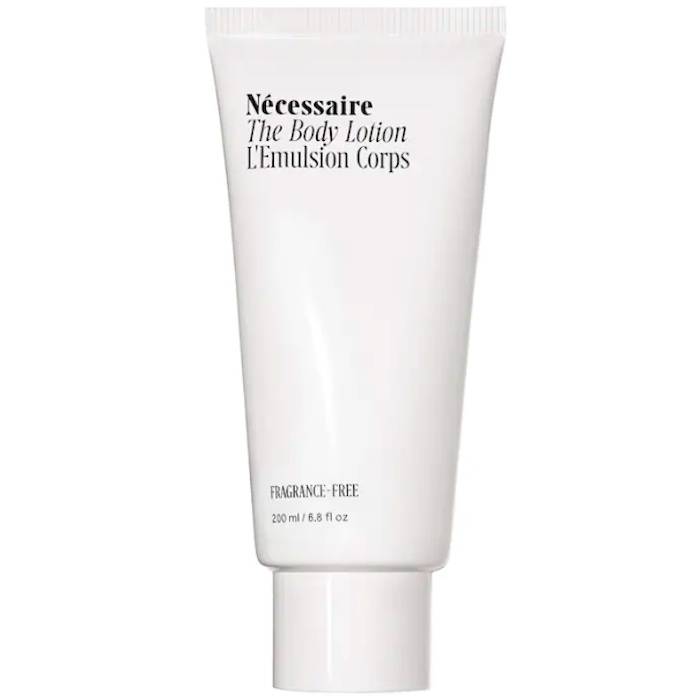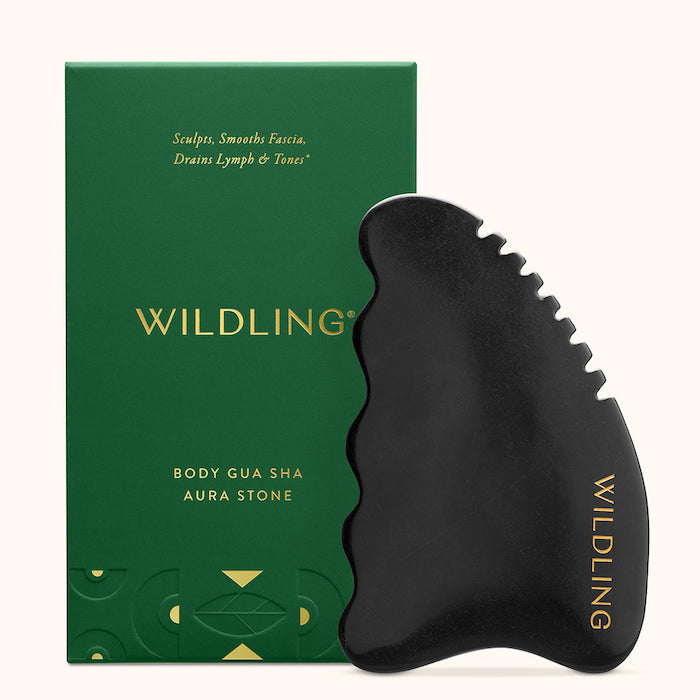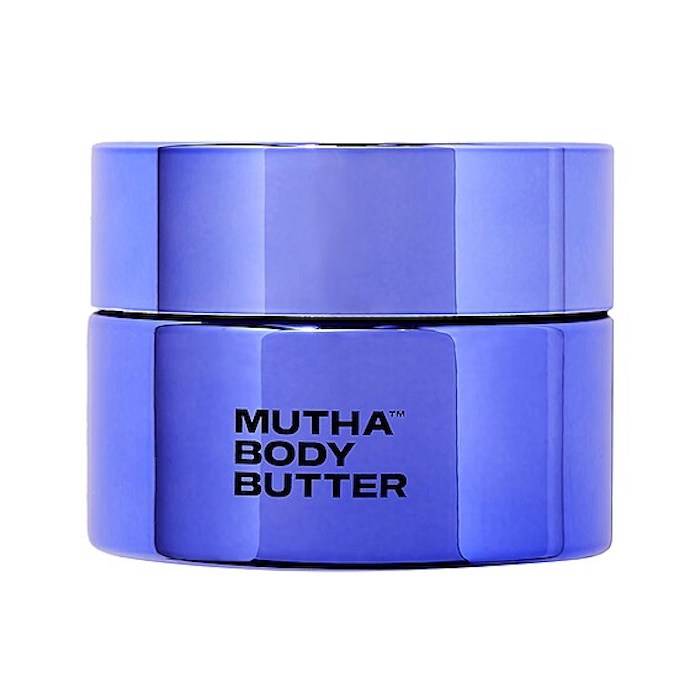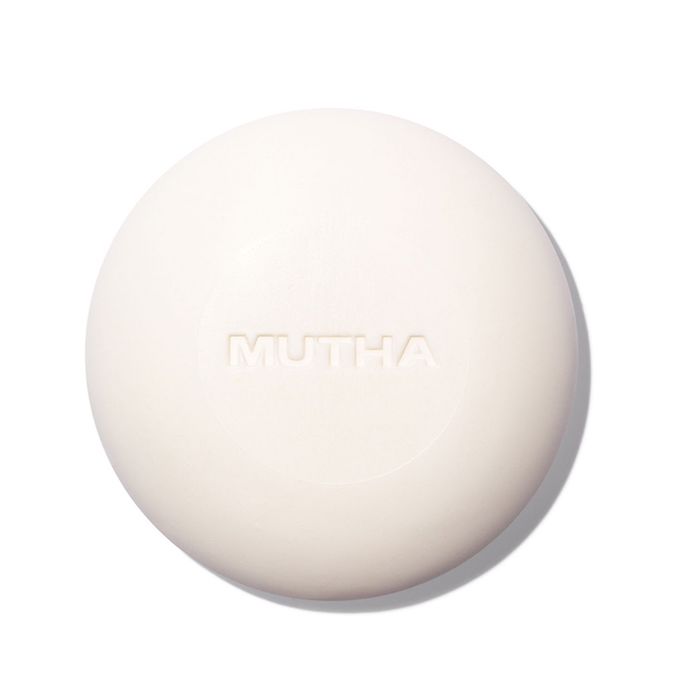I Tried the Lymphatic Drainage Tool That's All Over TikTok—Here's What Happened

TikTok has introduced me to so many things, from some of the best blushes I've ever tried to makeup trends like "cloud skin" that have me rethinking everything I know about foundation formulas. One of the more recent discoveries I've made (if I can even call it that) is a lymphatic drainage tool that I've seen on almost every health and wellness account.
Honestly, the first time I saw it, I didn't know what it was. Because of the odd shape, I had to ask my sister, a Gen Z social media savant who knows every new wellness trend before it begins. I joked my first instinct was to use it as a charcuterie board, but I soon learned its true purpose: to help move and drain lymph in the body. Read on to see why it's my latest obsession, learn how to use it, and view before and after pictures that prove its efficacy.
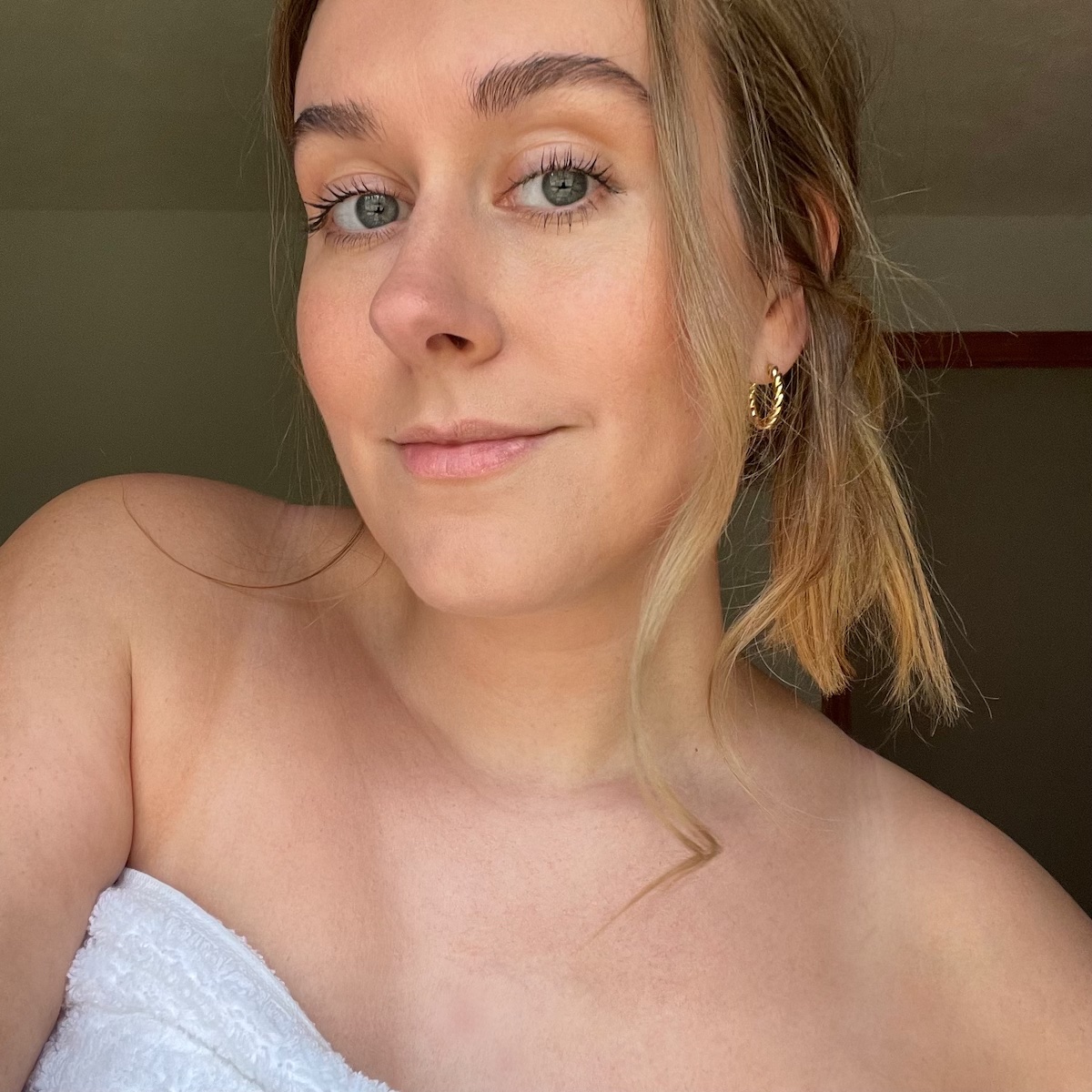
What Is Lymphatic Drainage?
Let's back up and talk about what lymph is and how it functions in the lymphatic system. "The lymphatic system is the most undervalued system in our body," Giordana "Gigi" Vogel, a Colombian-born wellness expert and founder of De La Heart, says. "It is connected to every other bodily system and has a strong impact on your overall health."
The lymphatic system's job is to filter out cell and tissue debris. As lymph, a clear fluid that circulates the body and contains white blood cells, flows through lymph nodes or small glands that monitor and filter the lymph, it removes waste, protects the body against foreign invaders, and maintains the body's fluid levels. As such, it's important to overall health and plays a large role in the body's immune response. But the health benefits of lymphatic drainage aren't the only thing people love. There are aesthetic benefits too. Proponents claim it can smooth the skin, reduce the appearance of cellulite, and generally create a slimmer, more contoured appearance.
"When you cultivate a consistent self-lymphatic drainage massage practice, you improve your well-being and truly take control of how you look and feel," Vogel says. "You will reap benefits like increased circulation, reduced cellulite, boosted cell renewal, optimal detoxification process, more energy, and overall vibrancy."
While lymphatic drainage massage is all the rage these days, many people aren't aware they work by supporting the lymphatic system and encouraging fluid moving through the body. "Traditional lymphatic drainage massage is a way to manually stimulate the superficial lymphatic layer located in the dermis, where the majority of your lymphatic vessels exist, right above the muscle bed," Vogel says. "The strokes of lymphatic massage are designed to mimic your innate physiological pulse and propel lymph toward the lymph nodes for excretion."
The Lymphatic Drainage Tool I Used
So, where does this oddly-shaped lymphatic drainage tool come in? It's based on traditional wood therapy, in which a practitioner uses wooden tools of varying shapes and sizes to stimulate the body. Vogel says this practice is extremely popular in Colombia and Latin America, which is why she was inspired to create her own take on a wood therapy tool.

"I designed the Body Tool ($32) [after being] inspired by the traditional practices of lymphatic drainage and wood therapy," she says. "While traditional lymphatic drainage massage is done exclusively using your hands, I thought adding a wood-therapy-inspired tool would simplify the practice and make it more accessible to everyone."
Even though it can be effective, Vogel says she finds traditional wood therapy too tough on the body, which is why she wanted to create a tool that works gently and effectively. She also wanted to create a tool that could mimic the benefits of a professional lymphatic drainage massage at home.
My Results
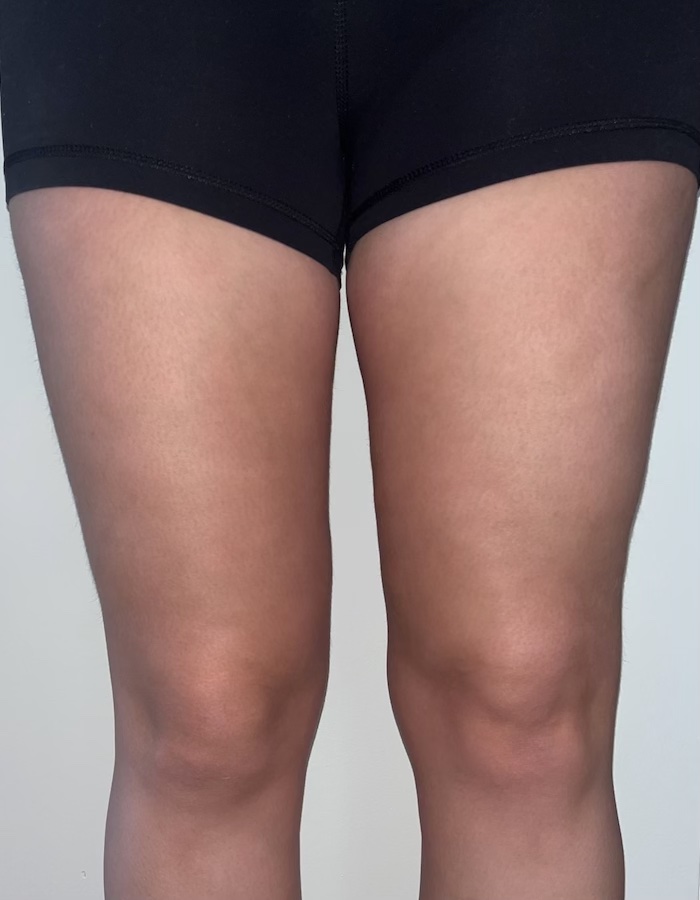
This is the difference in my legs after using the tool for less than five minutes. To be clear, I only used it on my right leg. I simply applied body lotion for slip and moved the tool in an upward motion using short, quick strokes (detailed instructions on how to use it will come in a minute).
I think my right leg looks smoother, slimmer, and even brighter than my left one. The dimpled appearance of the cellulite around my outer thigh was visibly reduced. In comparison, my left leg looks swollen and—I hate to use this word, but—lumpy.
How to Use This Lymphatic Drainage Tool
Before you reach for the tool, Vogel says it's important to "open" your lymph nodes. Doing so will encourage lymph to drain more efficiently. "Start by lightly pumping the lymph nodes located behind your ears, on your neck, in your armpits, in your groin area, and behind your knees to activate them since we're going to be moving fluid towards them," she says. In my practice, I used my fingers to press on them slightly 10 to 15 times each.
Then, it's time to reach for your favorite body lotion or body oil for slip.
Step 1: "Massage your arms by holding the tool in a vertical position, practicing smooth and gentle strokes as you glide the tool from your elbow to the armpit, and again from the wrist all the way up back to the armpit," Vogel says. "Repeat this motion on the outer parts of your arm as well. Repeat three to seven times on each arm."
Step 2: Now, hold the tool in a horizontal position. Starting at the knee, "gently stroke your inner, center, and outer thigh using upward motions toward your groin area," Vogel says. "Repeat three to seven times per area in each leg."
Step 3: "Holding the tool in a vertical position, start at your ankle and gently stroke in an upward motion toward your knee," Vogel says. "Repeat three to seven times per area in each leg."
Step 4: "Massage the back of your legs by holding the tool in a vertical position," Vogel says. "We recommend using a step stool or a chair to help you easily reach the back of your knees. Stroke with an upward motion until you reach the gluteal fold."
Step 5: "Holding the tool in a vertical position, massage the waistline going downward toward the lymph nodes that live in the sacrum and groin area," Vogel says. "Repeat three to seven times on each side."
How Often You Should Use This Tool
I've gotten into the habit of using this tool about three times a week. In the morning, I'll use a dry brush before hopping in the shower. When I get out, I'll apply body oil and use the tool for about 10 minutes before getting dressed.
Vogel recommends using the tool three to five times per week. "If you want to use it more often, go for it," she says, adding you'll reap different benefits depending on when you use it. "In the morning, you'll feel lighter, more energized, and vibrant," she says. "You will also eliminate at a more optimal rate. At night, you will enjoy improved blood circulation and lymph flow after a long day, better sleep, prompt overnight cleanup, and early destruction of toxic buildup."
I use this lymphatic drainage tool in tandem with a dry body brush. The benefits of dry brushing are real, and I can see and feel a difference in the state of my skin. "I love, love dry brushing daily," Vogel says. "I find that my skin is brighter and smoother from it."
Vogel says you can repeat the same steps as the lymphatic drainage tool when you're dry brushing, with the exception of your abdomen, which you dry brush in clockwise circles. "This is the direction your colon runs and will help stimulate your digestion." she says.
10 More Body Care Products I Love
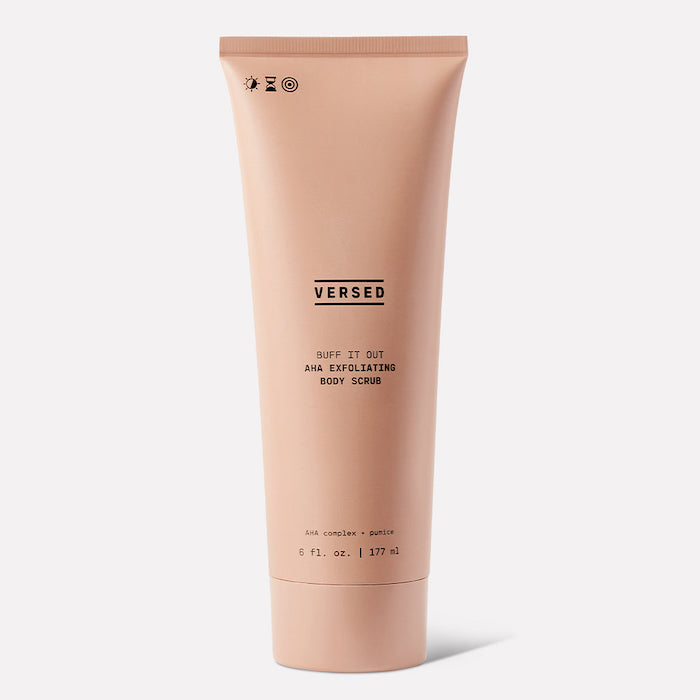
I've waxed poetic about this body scrub before. I love the way it exfoliates my skin.
Next, Keri Russell's Facialist Gave Me a Skincare Routine—Here Are Her 7 Best Tips
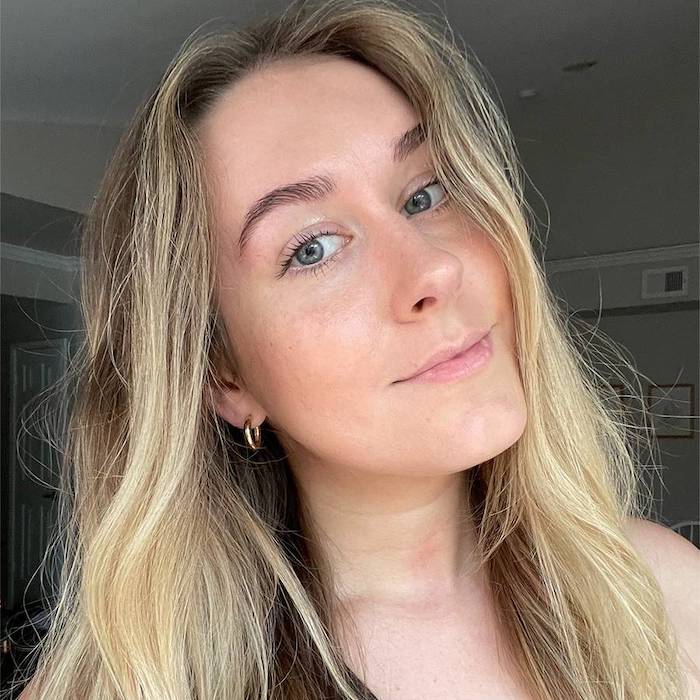
Kaitlyn McLintock is a Beauty Editor at Who What Wear. She has 10 years of experience in the editorial industry, having previously written for other industry-leading publications, like Byrdie, InStyle, The Zoe Report, Bustle, and others. She covers all things beauty and wellness-related, but she has a special passion for creating skincare content (whether that's writing about an innovative in-office treatment, researching the benefits of a certain ingredient, or testing the latest and greatest at-home skin device). Having lived in Los Angeles, California, and Austin, Texas, she has since relocated back to her home state, Michigan. When she's not writing, researching, or testing beauty products, she's working through an ever-growing book collection or swimming in the Great Lakes.



